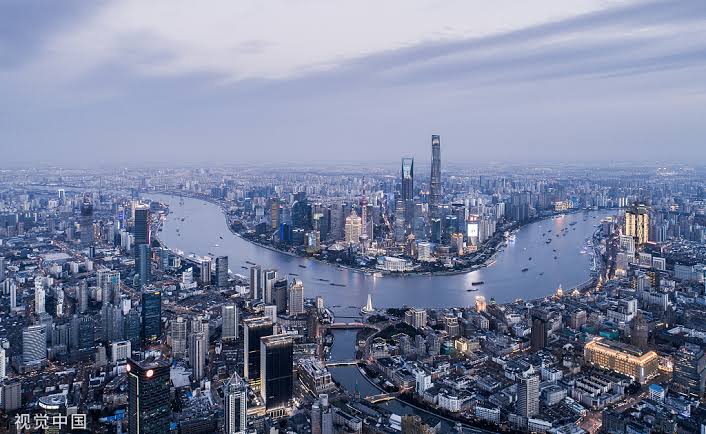China eco-green plan for Yangtze River Delta

Beijing, The Gulf Observer: China has officially approved a national territorial spatial plan for establishing a demonstration zone to promote integrated ecological and green development in the Yangtze River Delta.
According to the plan for the 2021-2035 period, the demonstration zone in the delta is spread over 2,413 square kilometers at the junction of Shanghai and provinces of Jiangsu and Zhejiang in east China.
The zone will promote the coordinated governance of the cross-regional integrated space, unify the discharging standards of contaminants, and collect and treat all urban sewage.
“Shanghai, Jiangsu and Zhejiang are now jointly promoting the construction of the demonstration zone, coordinating various specific plans and improving the spatial governance mechanism for regional integration. In particular, the infrastructures in the zone will be interconnected, and some important public service facilities will be jointly built and shared. For example, the rail transit networks in the zone will be unified, and the roads ending at regional boundaries must be interconnected so as to improve the spatial layout of high-level public service facilities,” said Men Xiaoying, deputy director of the National Territorial Spatial Planning Research Center under the Ministry of Natural Resources.
The demonstration zone will promote green and low-carbon development and make great efforts to expand the coverage of water and vegetation. By 2035, the zone will have 20.6 percent of its area covered with water and 12 percent of its area covered with forests. In addition, green transportation will account for 80 percent.
“At the same time, small green spaces, three-dimensional landscaping and water-vegetation compound spaces will be built to turn neighborhoods into green and low-carbon ones. The demonstration zone will build a space carrier where research, education and production are promoted simultaneously. This will promote the implementation of the measures for classified management of industrial land so as to improve land-use quality and efficiency and form a new approach for innovation-driven, efficient and intensive industrial development,” said Men.


